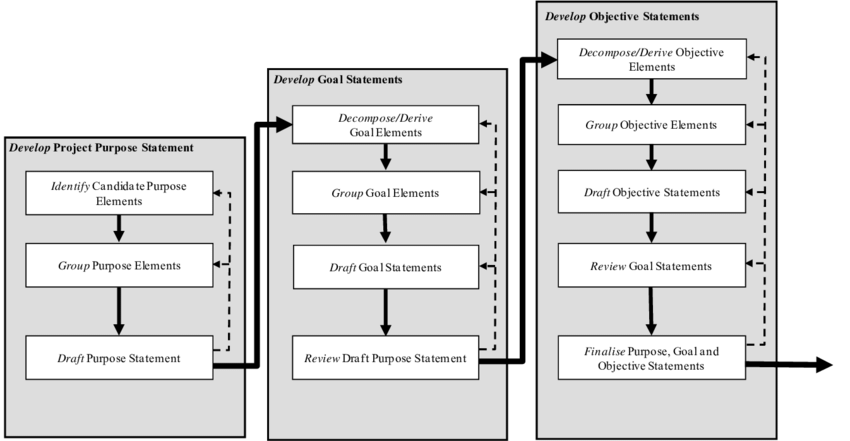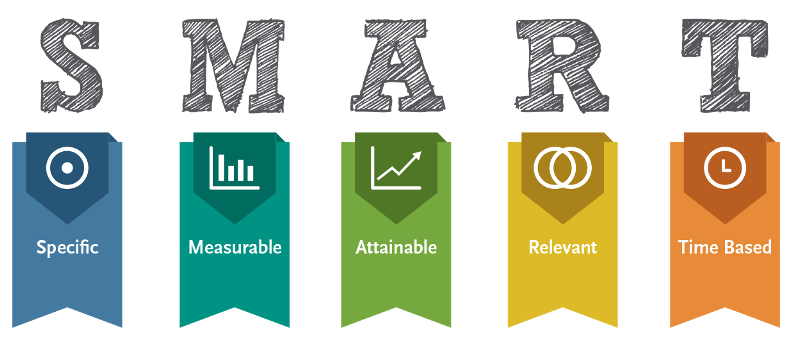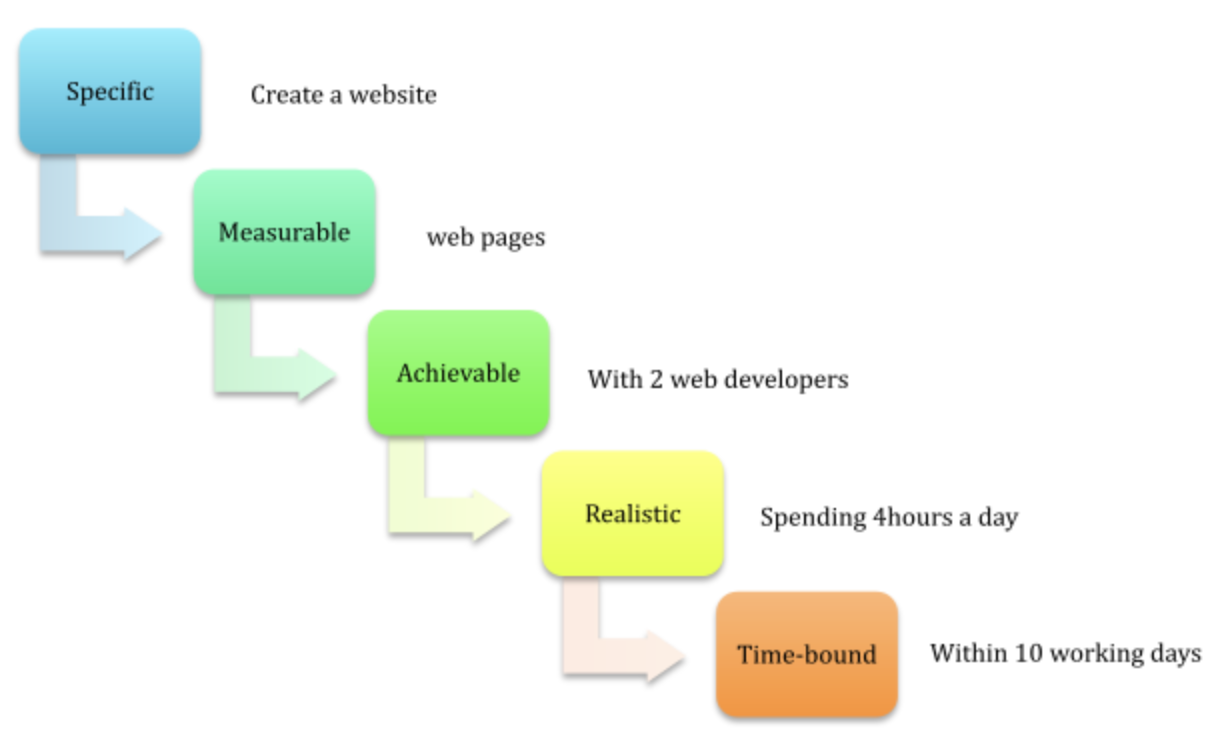5 Ways to Ensure Project Success With Project Objectives (With Examples)
If you want to learn about project objectives and the five essential elements to ensure a project’s success, read on!
The purpose of a project is to achieve preset goals and produce required deliverables. When a project is initiated, the success of the project must be defined. Project success criteria are met when the project objectives are achieved, despite the project constraints.
If the goal of your project is to create new software, the creative processes and sub-processes of the software alone don’t dictate the project objectives. Staying within the given constraints is just as important for the project’s success.
Three of the most important project constraints are cost, scope, and time. If a project fails to meet any one of these three constraints, the success of the project is scrutinized. In addition to the project constraints, the expected benefits must be achieved. Lastly, the deliverable should meet customer and stakeholder satisfaction.
Given that several aspects define the success of a project, they are an important consideration at the start of, and during the project. Therefore, project goals and objectives, and success criteria, are defined and communicated to the project team in painstaking detail.
Difference Between Project Goals, Project Objectives, and Project Deliverables
Project objectives, project goals, and project deliverables are distinct parts of a project, and may not be used interchangeably.
Project goals are the eventual targets of the project. They are what the project is striving to achieve by the end, and are guided by milestones along the way. A project goal is the proverbial “light at the end of the tunnel” that the project team is expected to achieve. Project goals are high-level goals that serve as the project’s focus. The project team is usually preoccupied with the immediate target, to be delivered the next day or the next week. But, a successful project team never loses sight of the greater goal (i.e., the project goals). Project goals are formulated in the project’s planning stage and are the macro-level target that the project team sets out to achieve. Although often complex, project goals are broken down and communicated to the project team with maximum clarity.

Source: ResearchGate
Project objectives are, in essence, the subsets of the project goal. These short-term goals are required to be achieved consistently for the project team to achieve the project goal. Project objectives are milestones, spread across the project, that are communicated to the team in measurable details. While project goals have a measure of vagueness attached, objectives are clearer. A project team knows exactly what activities need to be done to achieve the project objectives.
Project deliverables are the project goals but in a much more tangible form. These are the end result, products or services, of the project. Let’s go back to the software development project example. The project deliverable is the actual software, with all the specifications and features defined.
What Are the Five Essential Elements Used To Develop Project Objectives?
While project goals and project deliverables are distant achievements, it is the project objectives that are the “here and now” of a project. In the lifecycle of the project, the project objectives are the all-important milestones, each of which must be accomplished for the project to succeed.
Understandably, it is not a simple task to answer the question “what are project objectives?” Answering this question is not something that can be done over a conversation between leadership and the customer. All personnel involved in the project must be on board while finalizing the project objectives. In other words, it is not as easy as dividing 100% of the project into five project objectives of 20% each. The first 20% may eat up 80% of the project time. And, project objectives have to consider the contribution and importance of multiple departments as well as the delivery timing. It is only through collaborative discussion and agreement that the project objectives can be unanimously and, more importantly, efficiently defined.

Source: ProofHub
The SMART acronym is often used when developing objectives. Standing for Specific, Measurable, Achievable, Realistic, and Time-bound, SMART is the definitive approach to finalizing project objectives. Let’s look at the five elements that establish the SMART approach.
- Specific – The objectives of the project must be clearly defined. Identify the 5Ws and H of the objective (Why, Where, When, Who, What, and How) into tangible determinants, so no project objective lacks clarity and specific details.
- Measurable – The objective must be quantifiable. For instance, it can be a 5% growth in sales or incorporation of a particular feature in a product. But, a project objective can’t be a vague “improve the sales” or “upgrade the product” directive.
- Achievable – While finalizing an objective, the team must be able to determine what needs to be done to achieve it. The question that arises next is how to achieve the objective. And, the activities required to achieve it must be known, so you can be sure the objective is achievable.
- Realistic – The achievement of the project objective must be a realistic possibility. Achieving the objective after missing the timeline or budget is not a realistic project objective. The resources, knowledge, skills, timeline, and budget required for the project objective must be available to decide if it is realistic.
- Time-bound – projects themselves are time-bound and cannot go on as a perennial exercise. Therefore, its objectives must have a clear deadline that is communicated to all team members. The completion of one activity may be dependent on another activity. In such cases, the time allowed must consider all such dependencies.
Well-designed project objectives are key to the success of any project. And, the SMART approach defines all critical success factors in project management.
Examples of SMART Project Objectives
Let’s, first, look at a simple example to understand how to write SMART project objectives. Imagine you want to create a 10-page website in the next two weeks, and you have two resources each with 4-hours available each day. Your SMART project objective may look like this:
In this example, you have designed a SMART project objective that specifies what you need, and in what quantity, how you will achieve it, and if it is achievable. You have also defined a timeline, thus completing the SMART loop around your project objective.

For more detailed project objectives examples, let’s assume that a company is looking to expand to a new region. But, having a new office is not a feasible project. Any company investing in a new office will also aim for profitability. So, let’s assume that the project goal is to establish a new regional office with a sales revenue of $1 million in 2 years. The goal, itself, wouldn’t explain how the company plans to achieve it. This is where SMART project objectives are required.
- Specific – The company will establish one new office in the region. Note that setting up a new office is a project itself. But in this project, we are concerned about what this company seeks to achieve with this new office. Sustaining its achievements can be the subsequent project.
- Measurable – The new office will generate a revenue of $1 million. We can assume that adequate research on the market feasibility is done to arrive at this figure.
- Achievable – The new office will hire five sales managers and 25 sales reps to be posted in the five major cities in the region. The size of the city and market is important in allocating resources.
- Realistic – The office will aim for a modest initial sale, and target a 5% growth in monthly sales. The figure is vetted by the market study analysis findings of the sales department.
- Time-bound – The target of $1 million is targeted to be achieved in two years.
The SMART approach can be translated into project objectives in almost any industry and scenario. Needless to say, it rules out unwanted delays and confusion in the project at a later stage.
Project objectives are an essential part of project management, which covers the entire life cycle of a project – starting with building, training, and empowering the project team; setting the goals, objectives, and deliverables; scheduling the project; managing the work; managing conflict, collaborations, and communications; ensuring continual improvement; and driving the project toward completion. The GreyCampus PMP Training Program is a trusted certification and training program that covers all of these aspects, and more.
With Bootcamps, simulated exams, expert mentorship, and an updated study plan, GreyCampus builds an ecosystem that enriches the project management expertise of professionals and students alike. With its official study material and globally recognized credentials, the GreyCampus PMP certification training is ideal for anyone looking to build a fulfilling career in Project Management.
